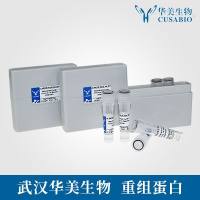Scanning Fluorescence Correlation Spectroscopy (SFCS) with a Scan Path Perpendicular to the Membrane Plane
互联网
互联网
相关产品推荐

Platanus acerifolia (London plane tree) plaa2 HEK293 Cell Lysate (WB positive control)
¥1560

disA/disA蛋白/Cyclic di-AMP synthase (c-di-AMP synthase) (Diadenylate cyclase)蛋白/Recombinant Mycobacterium paratuberculosis DNA integrity scanning protein DisA (disA)重组蛋白
¥69

IL-5R alpha重组蛋白|Recombinant Human IL-5R alpha Protein (Membrane-bound, His Tag)
¥3480

ZSCAN1/ZSCAN1蛋白Recombinant Human Zinc finger and SCAN domain-containing protein 1 (ZSCAN1)重组蛋白/蛋白
¥3168

赛默飞世尔Thermo Fisher DESSICCATOR PLANE FLANGE 100 MM mm 货号:T_70310539821
¥1200

